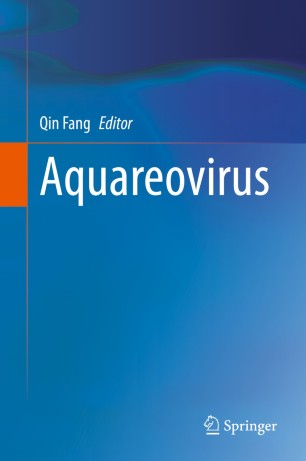Aquareovirus
29/12/21 10:07AM
Qin Fang (ed.). Springer Singapore, 2021, 235p. Softcover ISBN 978-981-16-1905-2 eBook ISBN 978-981-16-1903-8
Aquareoviruses cause infection in bony fish and shellfish and thus,
constitute a significant threat to aquaculture industries worldwide.
Aquareoviruses, belonging to the family Reoviridae, have genomes
consisting of 11 segments of double-stranded RNA contained within a core
(T = 1) surrounded by a double-layered icosahedral capsid with a T = 13
symmetry in general. These viruses not only physically resemble
mammalian orthoreoviruses, but also show the highest amino acid
identity. More than hundred aquareoviruses have been isolated from both
saline water and freshwater origins; however, literary sources
elucidating aquareovirus biology are very limited. Given the increasing
pace of discovery, it is imperative to make a clear, systematic filing
of key aspects of aquareoviruses. Therefore, the aim of writing this
book is to provide insights into the molecular mechanisms of evolution,
pathogenesis, and host response in aquareovirus infection. This book
offers a state-of-the-art report on recent discoveries concerning the
aquareovirus genome evolution, gene encoded protein functions, and
pathogenesis by comparison with its sister genus Orthoreovirus,
including avian and mammalian reoviruses. It mainly focuses on advances
made over the past 30 years in research on the general and molecular
biology, protein structure and function, infection and replication,
epidemiology and diagnosis, immunological prevention and medical
treatment, and host antiviral immunity against aquareovirus infection.
This book will help curious graduate students or interested researchers
acquire an overall picture of aquareovirus infection and pathogenesis,
as well as yield benefits in fisheries to better prevent and control
diseases caused by aquareovirus infection.





